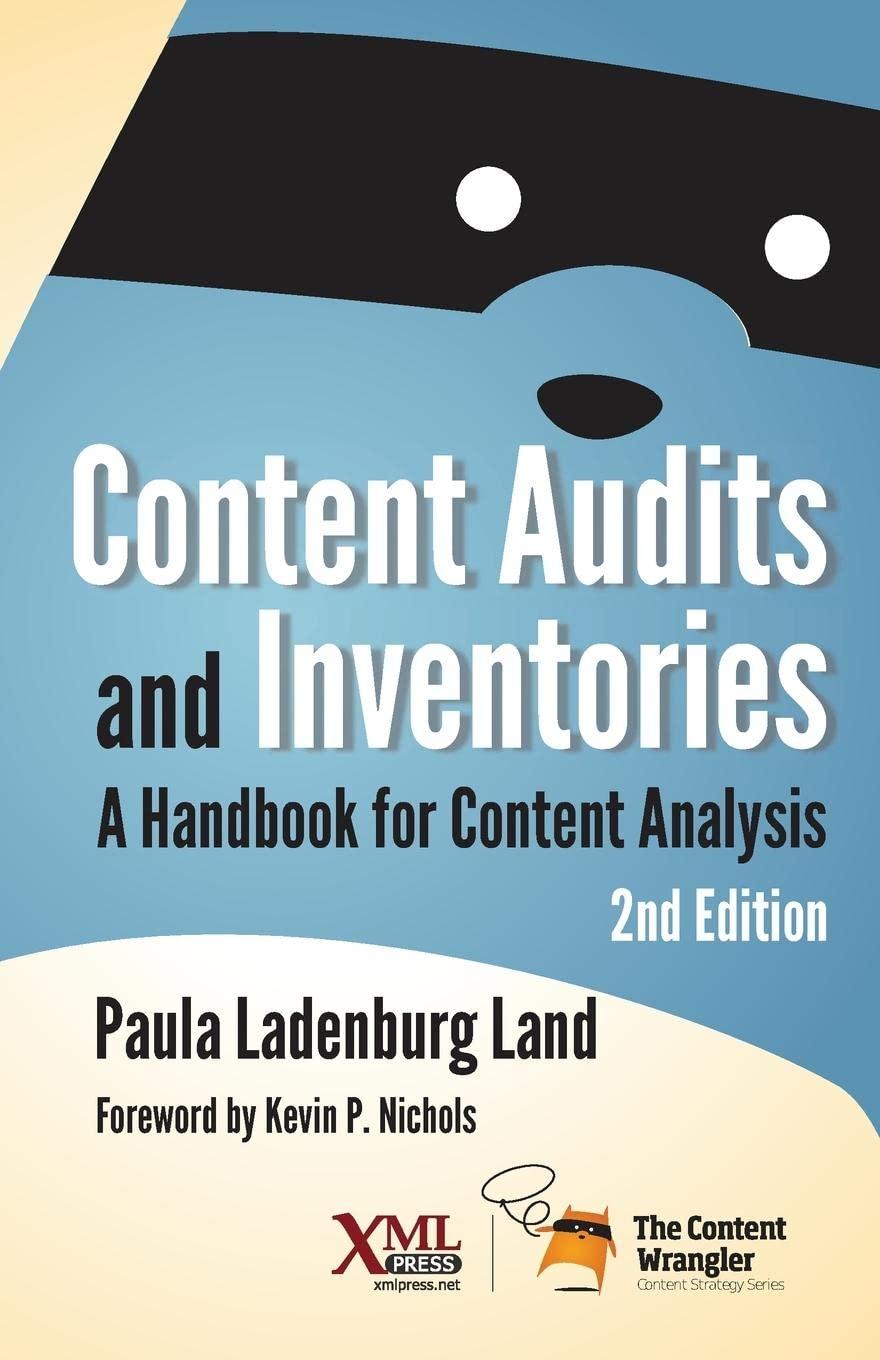Question
1. Stated value of no-par stock is: Another name for redemption value. An amount assigned to par value stock by the state of incorporation. The
1.
Stated value of no-par stock is:
Another name for redemption value.
An amount assigned to par value stock by the state of incorporation.
The market value of the stock on the date of issuance.
The difference between the par value of stock and the amount below or above par value contributed by the stockholder.
An amount assigned to no-par stock by the corporation's board of directors.
__________________
2.
Stocks that pay relatively large cash dividends on a regular basis are referred to as:
Small capital stocks
Mid capital stocks
Growth stocks
Large capital stocks
Income stocks
____________________________
3.
A proxy is:
A legal document that gives a designated agent of a stockholder the power to vote the stock.
A contractual commitment by an investor to purchase unissued shares of stock.
An amount of assets defined by state law that stockholders must invest and leave invested in a corporation.
The right of common stockholders to protect their proportionate interests in a corporation by having the first opportunity to purchase additional shares of common stock issued by the corporation.
An arbitrary amount assigned to no-par stock by the corporation's board of directors.
__________________________
4.
A company has 5,000 shares of $1 par value common stock and 6,000 shares of 2%, $98 par, noncumulative preferred stock outstanding. The balance in Retained Earnings at the beginning of the year was $750,000. Net income for the current year was $400,000. If the company paid a dividend of $3 per share on its common stock, what is the balance in Retained Earnings at the end of the year?
$1,123,240
$1,135,000
$1,150,000
$735,000
$723,240
_____________________________
A company issued 60 shares of $100 par value stock for $7,000 cash. The total amount of contributed capital is:
$100
$600
$1,000
$6,000
$7,000
_______________________________
6. The total amount of stock that a corporation's charter allows it to issue is referred to as:
Issued stock
Outstanding stock
Common stock
Preferred stock
Authorized stock
________________________
7.
A corporation was formed on January 1. The corporate charter authorized 100,000 shares of $10 par value common stock. During the first month of operation, the corporation issued 300 shares to its attorneys in payment of a $5,000 charge for drawing up the articles of incorporation. The entry to record this transaction would include:
A debit to Organization Expenses for $3,000.
A debit to Organization Expenses for $5,000.
A credit to Common Stock for $5,000.
A credit to Contributed Capital in Excess of Par Value, Common Stock, for $5,000.
A debit to Contributed Capital in Excess of Par Value, Common Stock, for $2,000.
___________________
8.
A corporation issued 6,000 shares of its $10 par value common stock in exchange for land that has a market value of $84,000. The entry to record this transaction would include:
A debit to Common Stock for $60,000.
A debit to Land for $60,000.
A credit to Land for $60,000.
A credit to Contributed Capital in Excess of Par Value, Common Stock for $24,000.
A credit to Common Stock for $84,000.
____________
Step by Step Solution
There are 3 Steps involved in it
Step: 1

Get Instant Access to Expert-Tailored Solutions
See step-by-step solutions with expert insights and AI powered tools for academic success
Step: 2

Step: 3

Ace Your Homework with AI
Get the answers you need in no time with our AI-driven, step-by-step assistance
Get Started


